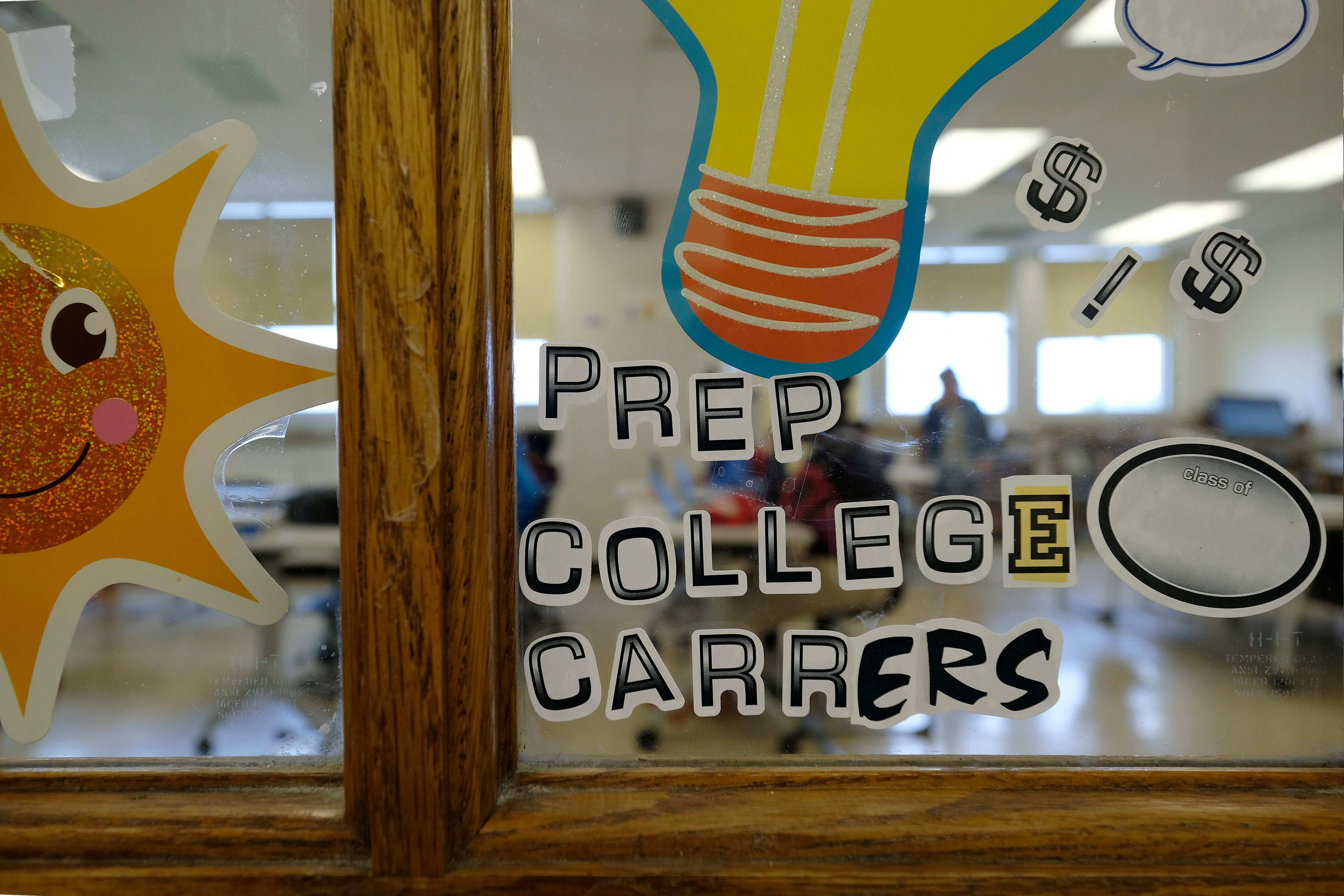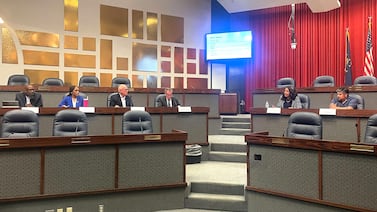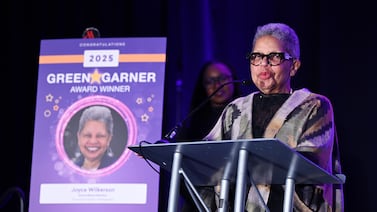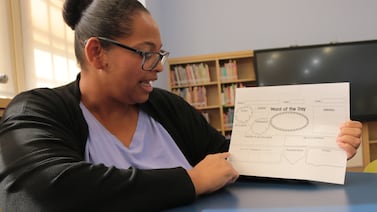Indiana students can apply to 36 colleges in the state for free next week, saving them hundreds of dollars in fees.
The fee is waived during College Application Week, which runs from Sept. 25 to 29. The effort is part of a push to increase college-going in the state, which stagnated at 53% of high school graduates from the class of 2021, and was declining before the COVID-19 pandemic.
While some Indiana colleges have no application fee, those that do range from about $25 to $65 per application, so the cost can add up quickly, said Michelle Ashcraft, senior associate commissioner and chief programs officer for the Indiana Commission for Higher Education, who leads the commission’s K-12 outreach team.
The commission has several initiatives aimed at increasing the college-going rate after high school, including automatic enrollment into 21st Century Scholars, which covers tuition for qualifying students; requiring all students fill out the Free Application for Federal Student Aid to access more funds; and pre-admissions, where students at participating schools receive a letter telling them which of the participating Indiana colleges they’d be admitted to if they apply.
The application fee waiver next week not only reduces the cost of applying for college, it also means students are researching colleges and applying earlier in the year, Ashcraft said. She added that increases their chances at merit scholarships and helps to meet early deadlines.
If a student hasn’t yet started an application or decided where to apply, Ashcraft said it’s still “very feasible” for students to apply to multiple colleges during College Application Week.
Colleges in the state have worked to streamline their application process, and in some cases, have one-page applications, she said, adding that if a student is undecided about college, this means they have the option for free.
However, Ashcraft said that if students have concerns about affording the application fee after this coming week, they should contact that school’s admissions office and ask if waivers are available.
How to apply to college in Indiana for free:
Below is a list of Indiana colleges and universities participating in College Application Week.
Students should go to the institution-specific application (not the Common App) on that school’s website and fill it out as usual. If a code is listed below, enter that when prompted, otherwise the fee should be automatically waived, Ashcraft said.
List of participating colleges
- Anderson University
- Bethel University
- Caris College
- DePauw University
- Earlham College
- Franklin College
- Grace College
- Hanover College
- Huntington University
- Indiana Tech
- Indiana State University (Fee waived until Oct. 1)
- Indiana University East
- Indiana University Fort Wayne (Fee waived from Sept. 15 to Oct. 1. Use code: FWCOLLGO)
- Indiana University Indianapolis (Use Code: INCOLLGO)
- Indiana University Kokomo
- Indiana University Northwest
- Indiana University South Bend
- Indiana University Southeast
- Indiana Wesleyan University
- Ivy Tech Community College
- Manchester University
- Marian University
- Martin University
- Oakland City University
- Purdue University Fort Wayne (Fee waived from Sept. 25 to Oct 8. Use Code: CollegeGo2023)
- Purdue University Northwest (Fee waived all of September)
- Saint Mary-of-the-Woods College
- Saint Mary’s College
- Trine University
- University of Evansville
- University of Indianapolis
- University of Saint Francis
- University of Southern Indiana
- Valparaiso University
- Vincennes University
- Wabash College
MJ Slaby oversees Chalkbeat Indiana’s coverage as bureau chief and covers higher education. Contact MJ at mslaby@chalkbeat.org.






